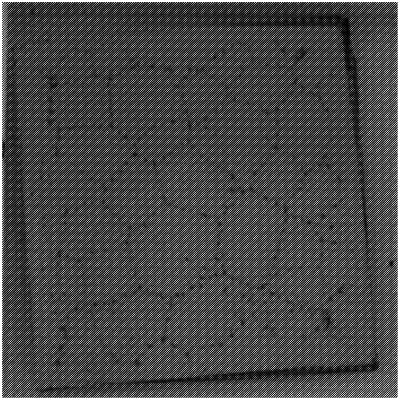| CPC C08G 77/62 (2013.01) [C09D 183/16 (2013.01)] | 12 Claims |

|
1. A film-forming process, the process comprising the steps of:
preparing a surface on a substrate for exposure of the surface to a self-assembling monolayer (SAM) forming composition, the composition comprising a SAM precursor having a backbone with a surface reactive group X,
wherein the backbone contains no Si—C bonds and is selected from the group consisting of a Si—C-free polysilane and a trisilylamine,
wherein the surface reactive group X is selected from:
a halide selected from Cl, Br, I;
a cyanate, an isocyanate or a thiocyanate group;
an amino group —NR1R2, wherein R1 is selected from H, a linear, branched or cyclic C1-C10 alkyl or alkenyl group or an alkyl silyl group; R2 is selected from a linear, branched or cyclic C2-C10 alkyl or alkenyl group, provided that R1=R2≠Et; or an alkyl silyl group; or R1 and R2 are bridged so that NR1R2 forms a cyclic ligand, provided that the cyclic ligand includes heteroatoms S, N or O;
an amidinate group —R3—N—C(R4)═N—R5, wherein R3 and R5 are each independently selected from a C1 to C10 linear or branched alkyl or a trialkylsilyl; and R4 is selected from H, a C1 to C10 linear or branched alkyl; or
a thiol —SH, a phosphonic acid or a carboxylic acid;
exposing of the surface to the SAM forming composition;
forming the SAM on the surface through a liquid or gas phase exposure; and
growing a film on top of the SAM through a wet or dry deposition process using a film-forming precursor selected from a main group element, or a transition metal element selected from Ti, Ta, W, Mo, Nb, or V, a fluoride, a chloride, a bromide, an iodide, an oxychloride, an oxybromide, an oxyfluoride and combinations thereof.
|